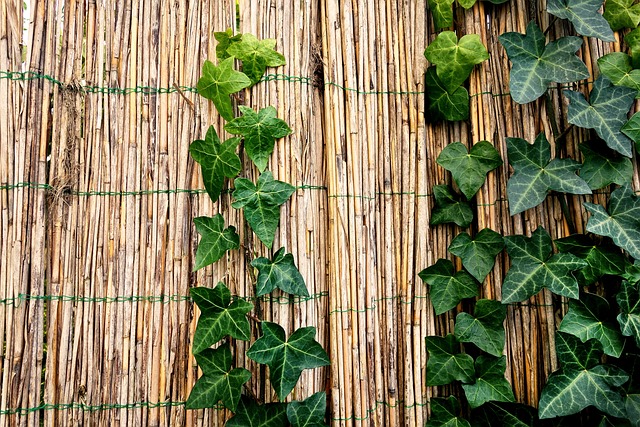“Elevate your outdoor space with a custom fence that reflects your unique style. This comprehensive guide, tailored to New Bedford, Massachusetts residents, delves into the art of designing and installing fences that combine durability and aesthetic appeal. From understanding specific design requirements for your property to selecting materials that withstand the local climate, we provide essential insights. We then walk you through a step-by-step installation process, followed by maintenance tips to ensure your new fence remains a stunning addition for years to come.”
- Understanding Custom Fence Design Requirements
- Choosing Materials for Durability and Aesthetics
- The Installation Process: Step-by-Step Guide
- Post-Installation Maintenance Tips for Longevity
Understanding Custom Fence Design Requirements
When it comes to custom fence design, understanding your specific needs and preferences is essential. Each property in New Bedford, Massachusetts, has its unique landscape, architecture, and aesthetic goals. A successful custom fence should complement these elements while providing functionality and security. For instance, a residential property might require a fence that enhances the overall curb appeal, while a commercial site may demand a more robust barrier for privacy and safety.
Consider factors like height, material (wood, vinyl, or metal), style (fencings with intricate designs or simple, modern lines), and any additional features such as gates, latches, or decorative elements. It’s also crucial to adhere to local building codes and regulations regarding fence installation to ensure a smooth process and avoid potential legal issues.
Choosing Materials for Durability and Aesthetics
When designing and installing custom fences in New Bedford, Massachusetts, selecting the right materials is paramount to ensure both longevity and visual appeal. Homeowners should consider options that offer durability against harsh weather conditions, such as rot-resistant woods like cedar or treated timber, alongside robust metal alloys for added strength. These choices not only safeguard the fence’s structural integrity but also contribute to its long-term aesthetic value.
Aesthetically, materials play a crucial role in enhancing the curb appeal of a property. Natural wood tones can add warmth and charm, while modern metallic finishes offer a sleek, contemporary look. Incorporating different textures, colors, and styles allows for personalized designs that reflect individual tastes, ensuring the fence seamlessly blends with or complements the surrounding landscape and architecture.
The Installation Process: Step-by-Step Guide
The installation process for a custom fence begins with a thorough site evaluation to ensure proper measurements and planning. Our expert team arrives at your New Bedford, Massachusetts property, assessing the layout, existing structures, and any specific requirements. This step is crucial in determining the best fence design and materials suited for your space.
Next, we create a detailed plan, including precise measurements and material selection. Once approved, we clear the area, excavate if needed, and install the foundation. Our skilled technicians then carefully assemble the fence structure, ensuring each component aligns perfectly. Finally, we attach the chosen finishings, whether it’s wood panels, metal accents, or decorative caps, completing the installation with a high-quality, durable finish.
Post-Installation Maintenance Tips for Longevity
After your custom fence has been installed, proper maintenance is key to ensuring its longevity and preserving its aesthetic appeal. Regular cleaning is a simple yet effective practice; use a soft brush or cloth to remove any dirt, debris, or mildew that may accumulate. Check for loose posts or panels at least once a month and tighten as needed to maintain stability.
Protecting your fence from extreme weather conditions is another vital aspect. In winter, consider applying a water-repellent sealant to prevent rot, while in summer, watch out for intense sunlight which can cause fading. Lastly, be mindful of nearby trees; branch or root damage is common, so regular trimming and maintenance are recommended.
